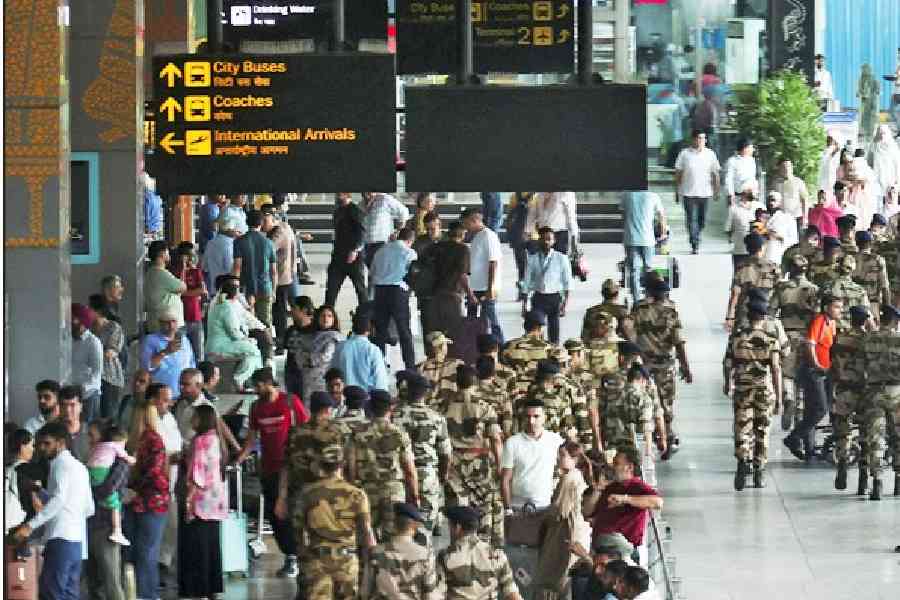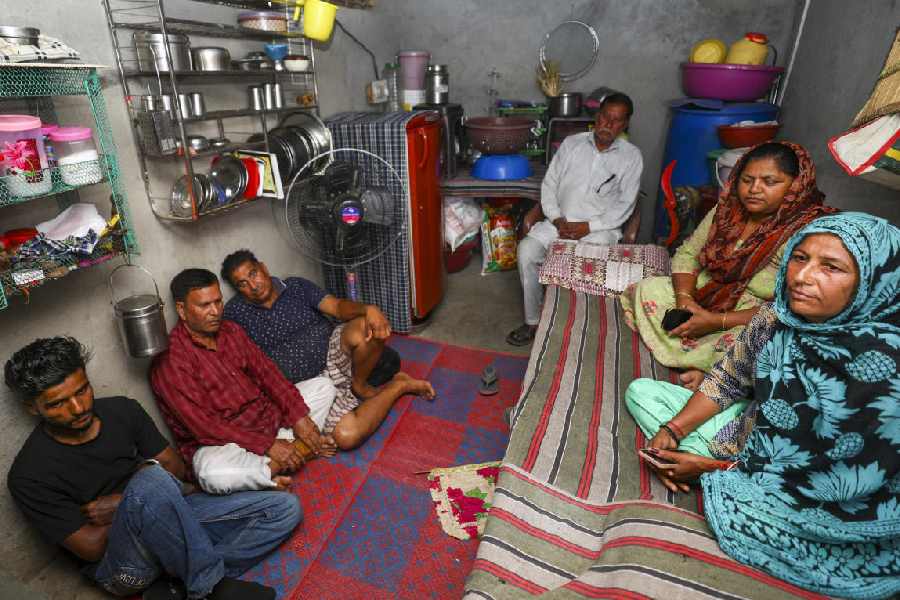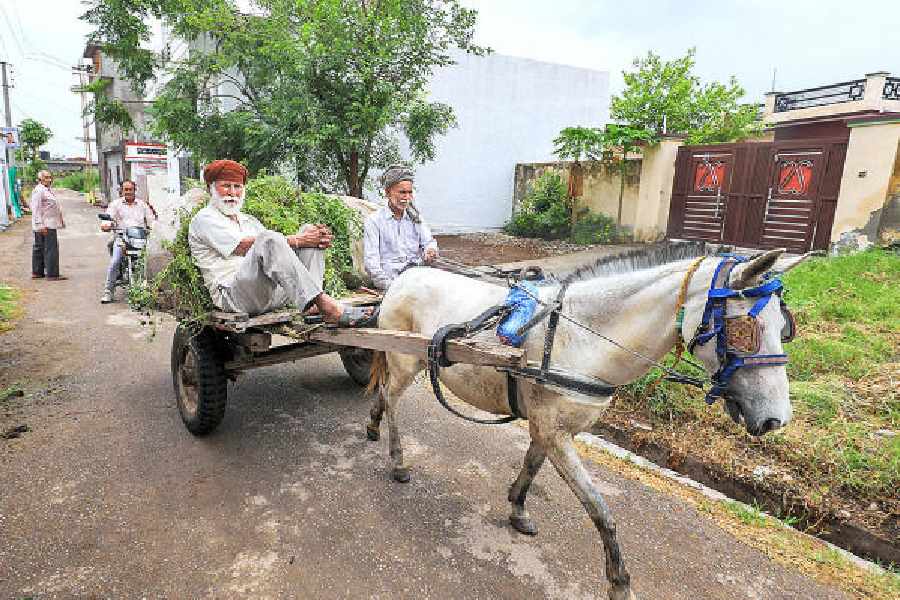Calcutta: The International Cricket Council’s cricket committee, which met for a two-day meeting at Lord’s, has recommended that that the Decision Review System (DRS), subject to agreement with the ICC broadcaster partners ESPN Star Sports, should be used in all matches of the 2011 ODI World Cup 2011 to be held in India, Bangladesh and Sri Lanka.
The committee further recommended that, as in Test cricket, each team will be allowed two referrals per innings.
Following a review into the DRS after an error in January’s fourth Test between England and South Africa, the committee said that it will demand minimum standards in its implementation and end the present situation where national associations can opt out.
However, all reviews should be requested within a 15-second time frame. It was also suggested that the DRS should be introduced in all Test series as soon as possible.
Among others, also present was India coach Gary Kirsten. It was the first time that Kirsten, who replaced fellow South African Mickey Arthur as the full member team coach representative, attended the cricket committee meeting. Former India captain Ravi Shastri, too, attended the meeting.
It was also decided that the ICC would commission research into the ideal colour for balls to be used in day-night Tests and work closely with the equipment manufacturers before conducting relevant trials.
The cricket committee also noted that there would also have to be further discussions on the matters of clothing colours, the number of overs bowled before a ball change and the start times required for day-night Test matches.
The other recommendations are as follows:
• Switch hit/Reverse sweep: The committee adopted the updated directive introduced earlier in the year which prevents the batsman from altering his grip or stance before the bowler enters his delivery stride. Should the bowler see a batsman change his grip or stance prior to the delivery stride, the bowler can decide not to bowl the ball.
• Batsman seeking to gain an unfair advantage: The committee agreed that batsmen trying to steal ground when the bowler is running in to bowl should be discouraged. They will look at regulations that require a batsman to remain in his crease until the bowler’s front foot lands.
• Context for international cricket: Proposals for a Test play-off every four years and a proposed league format for ODI cricket as well as research into a reduction in the number of teams in the ICC World Cup and more countries competing in the ICC World Twenty20 were also supported. Discussions about the format of the ODI cricket will take place after the 2011 ODI World Cup.
• Research into international cricket: Research by David Kendix revealed that while the average of volume of cricket for teams was stable, the number of days the top 20 players were engaged in had fallen by 10 per cent. The proportion of Test draws had fallen to 22.5 per cent in 2009 while the average duration of Tests with a positive result was 4.45 days.
Run rates in Test cricket in 2009-10 was 3.3 per over while in the 1990s it was 2.87 per over. In ODI cricket the average run rate was 5.19 per over compared with an average of 4.97 in the previous five years.
Over rates in both Test and ODI cricket have improved from 13.78 per hour in Test matches to 14.05in the last two years while there was a greater rise from 13.57 per hour to 14.38 in ODI cricket.










